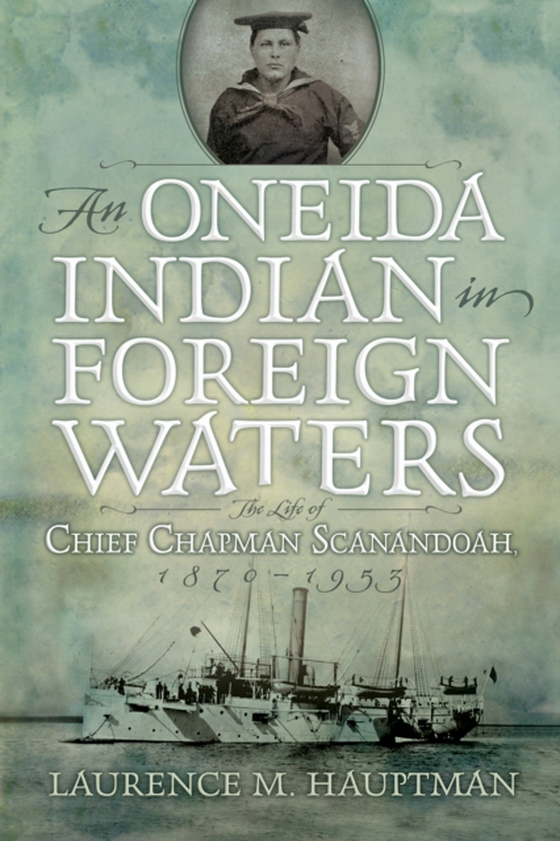
Oneida Indian in Foreign Waters e-bog
253,01 DKK
(inkl. moms 316,26 DKK)
Chief Chapman Scanandoah (1870-1953) was a decorated Navy veteran who served in the Spanish-American War, a skilled mechanic, and a prize-winning agronomist who helped develop the Iroquois Village at the New York State Fair. He was also a historian, linguist, philosopher, and early leader of the Oneida land claims movement. However, his fame among the Oneida people and among many of his Hodinoh...
E-bog
253,01 DKK
Forlag
Syracuse University Press
Udgivet
19 oktober 2016
Genrer
1KBB
Sprog
English
Format
epub
Beskyttelse
LCP
ISBN
9780815653875
Chief Chapman Scanandoah (1870-1953) was a decorated Navy veteran who served in the Spanish-American War, a skilled mechanic, and a prize-winning agronomist who helped develop the Iroquois Village at the New York State Fair. He was also a historian, linguist, philosopher, and early leader of the Oneida land claims movement. However, his fame among the Oneida people and among many of his Hodinohso:ni' contemporaries today rests with his career as an inventor.In the era of Thomas Edison, Scanandoah challenged the stereotypes of the day that too often portrayed Native Americans as primitive, pre-technological, and removed from modernity. In An Oneida Indian in Foreign Waters, Hauptman draws from Scanandoah's own letters; his court, legislative, and congressional testimony; military records; and forty years of fieldwork experience to chronicle his remarkable life and understand the vital influence Scanandoah had on the fate of his people. Despite being away from his homeland for much of his life, Scanandoah fought tirelessly in federal courts to prevent the loss of the last remaining Oneida lands in New York State. Without Scanandoah and his extended Hanyoust family, Oneida existence in New York might have been permanently extinguished. Hauptman's biography not only illuminates the extraordinary life of Scanandoah but also sheds new light on the struggle to maintain tribal identity in the face of an increasingly diminished homeland.
 Dansk
Dansk

